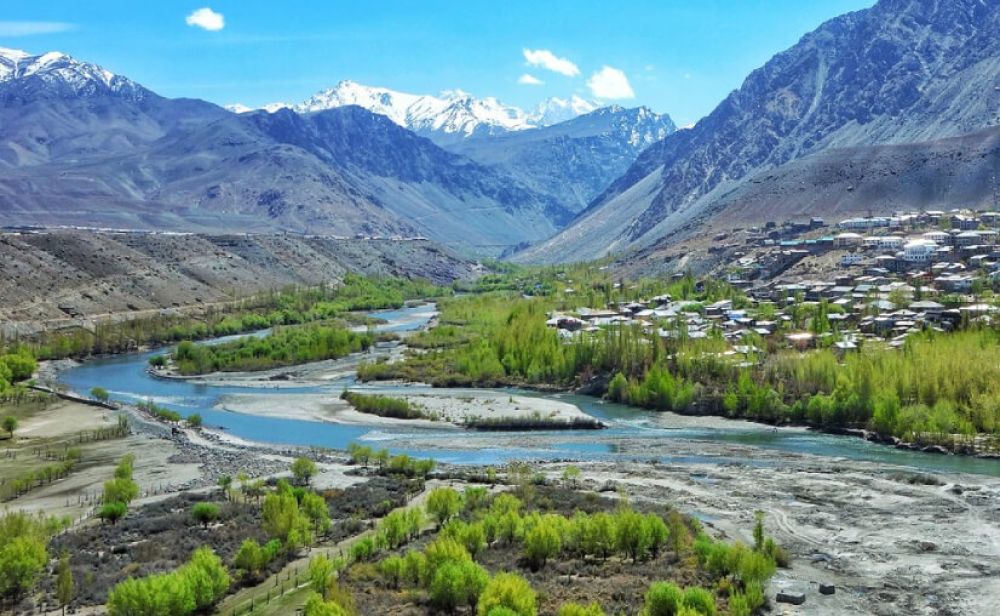

Suru Valley, located in Kargil, Ladakh, is a region of breathtaking landscapes, nestled in the northern part of India. The valley has been a confluence of cultural and trade activities for centuries, as it sits strategically on the ancient Silk Route. However, it remained relatively unknown to the outside world in terms of tourism until recent decades.
The history of tourism in Suru Valley is intrinsically linked with the allure of its majestic mountain ranges. Mountaineering expeditions in the early 20th century played a crucial role in introducing Suru Valley to adventure tourists and climbers. The expeditions to peaks such as Nun Kun, which began in the 19th century, highlighted the region's potential for mountaineering tourism.
Tourism in Suru Valley began to take shape in the 1970s with the establishment of better connectivity and infrastructure in Ladakh. The opening of the Srinagar-Leh road (National Highway 1D, now part of NH1) and improvement in air connectivity laid the groundwork for tourism growth. However, the area's exposure to tourism was limited due to its proximity to the sensitive Line of Control between India and Pakistan.
With the establishment of Ladakh as a Union Territory in August 2019, the region, including Suru Valley, has witnessed a substantial increase in tourism initiatives. The government and private stakeholders are making concerted efforts to promote sustainable tourism and expose travellers to the region's cultural and natural heritage.
Sustainably-focused tourism is the latest trend in the Suru Valley, as travellers are seeking experiences that are mindful of environmental conservation and community welfare. Eco-friendly accommodations and tours that offer insight into local life and culture are becoming increasingly popular.
Another emerging trend is adventure tourism, which includes activities such as trekking, mountain biking, and rock climbing. Adventure enthusiasts are drawn to the challenging terrain and the opportunity to explore the untamed beauty of the Himalayan and Karakoram ranges.
Lastly, cultural tourism has seen a rise in interest, with visitors keen on experiencing the traditions, festivals, and cuisine of the local people. Festivals such as the week-long Sani Monastery festival attract visitors who wish to immerse themselves in the vibrant local culture.
Tourism in Suru Valley is developing at a steady pace, balancing the need for economic growth with the importance of preserving the region's pristine environment and rich cultural heritage. As it gains prominence on the global tourism map, Suru Valley continues to enchant visitors with its unparalleled vistas and the warm hospitality of its people.